Supply chain shortages and the rising cost of doing business, as well as drought and interest rate hikes are some of the factors that contributed to food crisis this year. But if you think food shortages and high prices will magically disappear next year, think again. American farmers believe 2023 could be even worse, after a difficult 2022 as the same problems continue to hit the world next year.
Climate change and the ongoing Russia-Ukraine war are just some of the reasons why food shortages will likely continue in 2023. Many thought the war was the only reason we are plagued with food crisis. On Feb 2, before the invasion, Russia banned the export of ammonium nitrate to ensure affordable supplies for domestic farmers.
Russia exports two-thirds of the world’s ammonium nitrate, which is used in fertilizers to improve yields for crops like wheat, corn and cotton. Worse, natural gas is the main ingredient of fertilizer. Therefore, farmers who could not afford the increase in costs of fertilizers have seen lower crop production, which in turn will hit global food security.
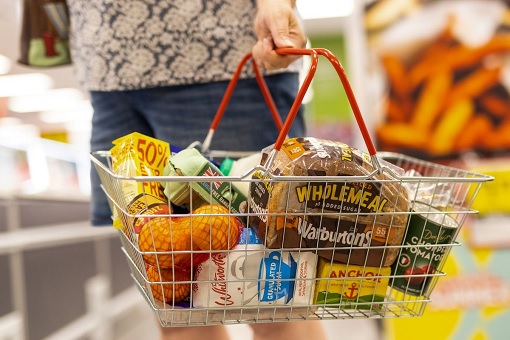
It didn’t help that Russia is one of the biggest oil and gas producers in the world. The best part is Ukraine is a critical route for oil that flows into Eastern Europe and subsequently to all the European Union countries. Like it or not, Russia’s attack on Ukraine is not only about oil and gas, but also the entire supply chain of other commodities that threaten global food prices.
But the biggest nightmare was the supply-chain disruptions that spread across the global economy. Both Russia and Ukraine are huge producers of agricultural products like wheat, barley, grains and rye that are badly needed by Europe. And because 71% of its land is agricultural, Ukraine is considered the “breadbasket” of Europe. Ukraine is the fifth largest exporter of wheat – 7% of global sales.
However, the shortage of fertilizer did not happen overnight after Russian president Vladimir Putin launched the “special military operation”. The fertilizer crisis has been steadily growing since 2021 – before the Ukraine War – when the World Bank reported a 66% increase in the price of fertilizer thanks to shortages. And the issue is likely to persist throughout 2023, according to the Food and Agriculture Organization (FAO).
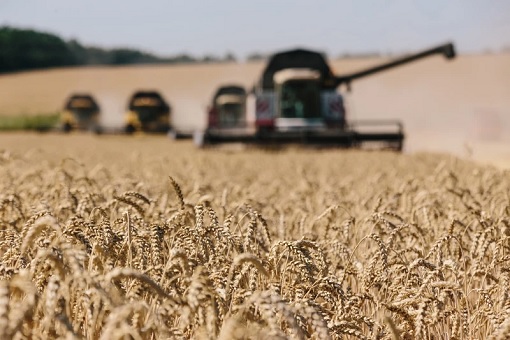
The Russia-Ukraine War simply makes it more challenging to procure the agricultural commodities as fertilizers and the compounds used to make them become increasingly more expensive. This has led to inflation. In fact, food prices have been outpacing overall inflation in 2022 as November food prices showed a 10.6% increase compared to inflation of 7.1% in the same month.
Adding salt to the wound, the U.S. Federal Reserve’s aggressive interest rate hikes from as low as 0% to as high as 4.25% are hurting farmers. Because most American farmers depend on short-term loans every year to pay for basically everything, from seeds to fertilizer and from livestock to machinery, the increase in interest rates has raised the cost of farm operations.
According to the U.S. Department of Agriculture, the farming sector’s total interest expense alone is projected to hit US$26.5 billion this year – nearly 32% higher than in 2021. The higher costs of fertilizer, fuel and land cost are forcing farmers to decide whether to reduce their crops and cattle or to struggle with higher loan repayment, which again contribute to shortages of food.
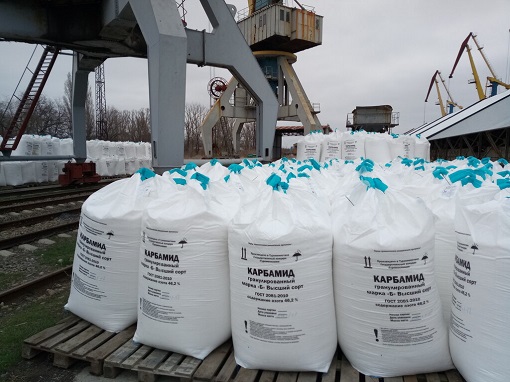
China, in line with its “Covid-Zero” policy, has basically restricted its markets for exports such as the phosphate used to create fertilizer – further worsening the food crisis. Fertilizer accounts for between 35% and 36% of farmers’ costs when cultivating core crops such as wheat and corn. The price volatility obviously affects global food security.
A report released by consulting firm McKinsey said next year may be worse as it estimated that crop production in Ukraine will decline by 35% to 45% in the next harvesting season, which started in July. As a result, many bakeries and factories may struggle to obtain the necessary ingredients to make bread, leading to a potential shortage in 2023.
Essentially, this year’s food crisis is mostly due to a logistical disruption tied to issues in shipping Ukrainian and Russian grains out of the countries. Next year, however, the food supply itself could be in trouble – particularly in Ukraine. The deal brokered by the United Nations and Turkey that allows Ukraine to restart grain exports out of the Black Sea could be interrupted anytime if the conflict escalates.
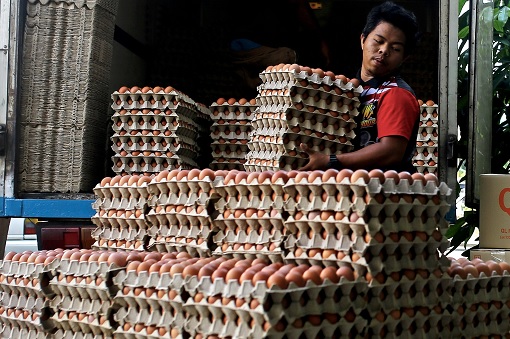
The aluminium shortage, which started in 2020, and the labour shortages due to Covid-19 pandemic also mean canned food, pet food, beer and other beverages will continue to be expensive. Already, from the United Kingdom to Malaysia, some supermarkets have reported shortages of eggs as it costs more to feed and raise chickens.
Interestingly, in 2017, humanitarian organization Oxfam has predicted the world will run out of food around 2050 when a growing world population exceeds food growing capacity. According to the study, climate change, crop failures, and a rise in food prices for items like corn and rice will also contribute to the world’s population outpacing the amount of food it produces.
However, Gro Intelligence, an agricultural data technology company, said the world’s agricultural system will not produce enough food to feed everyone in the world by 2023 – that’s next year! Both studies done in 2017 did not take into account a conflict as serious as Russia-Ukraine War. The UN World Food Programme (WFP) has warned that severely hungry people around the world have jumped from 282 million to 345 million in 2022.

Other Articles That May Interest You …
- Recession In 2023 – Problems When Even The Federal Reserve Is Too Afraid To Predict A Recession
- Signs Of Global Recession – Walmart & Major Retailers Cancel Billions Of Dollars Of Orders Despite Christmas Holiday
- The Worst Is Not Over Yet – Why Inflation & Recession Are Still Alive And The Global Economy Is Still In Bad Shape
- U.S. Plunges Into Recession – But Biden Govt Scramble To Redefine Recession To Create Illusion There Isn’t Any Recession
- Oil Price Could Go Higher & Europe Could Be In Trouble – Putin Might Abruptly Cut Gas Supplies To The E.U. In Coming Weeks
- Recession Inevitable – Federal Reserve May Slap 0.75% Rate Hike To Trigger A Recession To Try Fix Its Own Screw-Up
- Economic & Financial Meltdown Is Here – All Signs Lead To Recession, Stagflation, Jobless And A Repeat Of Dot-Com Bust
- Russia Cuts Off Gas To Poland & Bulgaria – European Gas Jumps 24% As Putin Starts Punishing “Unfriendly Countries”
- Ukraine Invasion – Putin’s Real Intention That Conventional Wisdom Have Failed To Comprehend
- U.S. Sanctions Fail – How Russian Currency Emerges Stronger Than Pre-War With A New Gold Standard
- From Wheat To Oil & Gas – How Russia Invasion Of Ukraine Affects Europe’s Food Supply, And Even Your Loaf Of Bread

|
|
December 27th, 2022 by financetwitter
|


|

|

|

|

|

|




















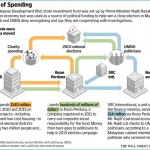







Comments
Add your comment now.
Leave a Reply